Create hedges and tunnels for growing Nana willow
Willow attracts attention with its flowing branches. Planting purple Nana willow will brighten any site. Not everyone knows that some varieties of low, spreading trees can create a wonderful hedge. The tree looks good in both single and group plantings. Willow grows well near the reservoir, its silvery-green leaves and decorative shoots are in harmony with the smooth surface of the water.
Description of the variety
A small shrub with numerous long shoots. It can have a dome-shaped, umbrella-shaped and funnel-shaped bush. Annual shoots are red-brown in color. Over time, they take on an olive green hue. Shoots take root easily. The narrow-lanceolate leaves are painted pale green on top, and have a bluish tint below. In autumn they turn golden yellow.
Reddish flowers with a pleasant aroma appear in April. Their shape is slightly curved. Iva Nana has a well-branched root system. It is characterized by winter hardiness and wind resistance.
The success of cultivation of purple willow depends on the fulfillment of agrotechnical conditions: the choice of location and soil, proper planting, watering and fertilizing, cutting shrubs.
Iva Nana grows well in normal fertile soil. The shrub needs a lot of moisture, so if a single planting is planned, the best place to grow will be a site near the reservoir.
Advice
When buying a purple willow seedling, it is recommended to pay attention to the root system. Do not buy trees with dried roots.
Creating a hedge
First you need to outline the landing trajectory. The choice depends on the layout. A curved hedge looks beautiful, but you can make a straight one.
Planting purple willow Nana is carried out as follows: first, for each plant, dig a hole 50 cm deep and wide.If the purchased seedling is in a container, then it is watered abundantly, removed from the container and planted in the hole, having previously increased its depth and width. Ideally, the dug hole should exceed the size of the earthen coma by 50 cm.
They are planted in prepared soil, consisting of equal shares of garden soil, compost and peat. Add sand.
Saplings are placed at a distance of 15-20 cm from each other. After planting, they are watered regularly and abundantly. One copy requires up to 2 buckets of water. Watering should be done after the top layer of the earth has dried.
The fence can be laid in 1 or 2 rows. The formation of a hedge depends on the imagination of the owners. The seedlings can be set vertically, they can be tilted at 45 ° C, and can be tilted alternately: one to the left, the other to the right. For inclined planting, it is recommended to tie the plant stems with a rope. After some time, the trunks will grow together, so the fence will be much stronger.
In order to fix the tender seedlings in an upright position, you will need to pull a rope along the entire fence and tie up the plants.
Advice
As an alternative to tying, you can use a frame. A fence will help protect branches from damage.
Organization of a willow tunnel
Thanks to the flexible vine of the purple willow plant, a beautiful green tunnel can be obtained, which does not require careful constant maintenance.
- The classic version of the tunnel is with a bend. In the chosen place, 2 trenches should be dug, the width and depth of which is 50 cm. There should be a distance of 1.5 meters between the trenches. The indentation can be slightly increased or decreased.
- Every 1.5 meters, pegs must be driven into the ground and connected with transverse strips. The pegs should be below the support.
- The seedlings are planted at a distance of 15 cm from each other and tied to the frame.
- To make the tunnel more shady, it is recommended to plant the seedlings in 2 rows.
- As the seedlings grow, the ends of the branches are tied together. The support can now be removed. In autumn, plants are sheared, cutting off the branches to the same height. If some seedlings have died, you need to replace them with new ones.
Willow care
If the hedge is laid with the weaving method, it is necessary to continue the weaving of the branches until the willow reaches the required height. Annual pruning required: in spring and fall.
You need to feed it 2 times during the growing season. In the spring, a complex fertilizer is applied, in the fall, they are fed with superphosphate.
It is recommended to remove fallen leaves and cover young plants for the winter with spruce branches.
Pruning is needed to keep the hedge level. Pruning removes all protruding branches, as well as dried and unsightly shoots.
Vegetative propagation
For propagation of purple willow, annual cuttings are often used. To organize a hedge, rooting of 2-3-year-old cuttings is carried out.
Cuttings are cut during the spring pruning of the plant. The length of the cut branch does not exceed 30 cm. The cuttings should have 5 to 7 buds. The bottom cut is made at an angle of 45 ° C, the top is cut straight. After preparing the cuttings, they are buried in the ground by 1/3 of the length.
On a note!
When rooting cuttings, it is important to prevent the soil from drying out. The culture is very demanding on high humidity. Therefore, the best place for planting cuttings will be located next to a pond or a well with water, so that you can always water the plant on time.
Cuttings can be prepared in the fall, after leaf fall. At this time, physiological rest occurs. The cut shoots are folded together and placed in a plastic bag. Until spring, the cuttings are stored in the basement. The lower part can be dug in wet sand.
Advice
To stimulate root formation, cuttings must be treated with a growth regulator solution.
When the buds swell, you will need to cut the cuttings up to 30 cm long and lower them in water. Notches should be made on the lower cut of the cuttings. This manipulation will help increase root formation. When buds appear on the shoots, the plant is planted in the ground in a permanent place.
So, caring for the purple Nana willow does not require much time from a person, since the plant is unpretentious and practically not damaged by diseases and pests.
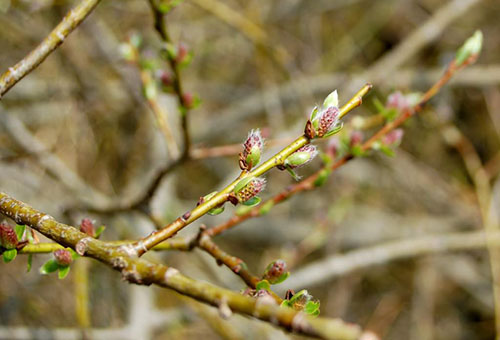
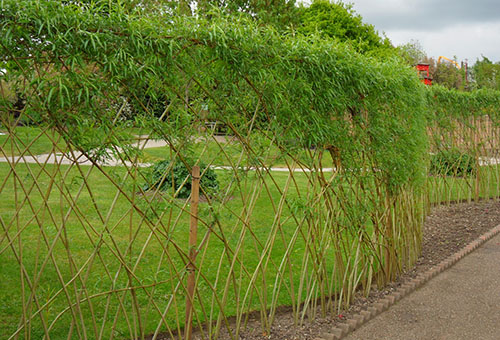
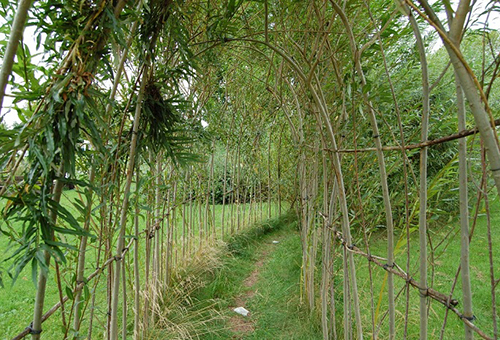
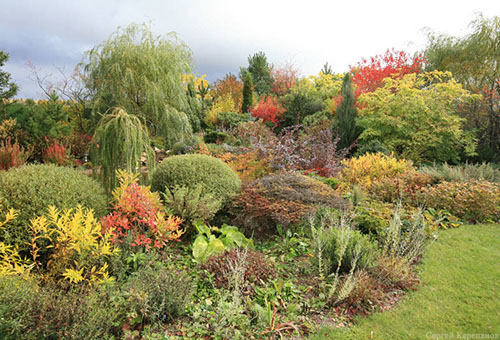
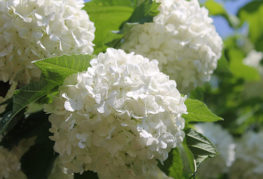
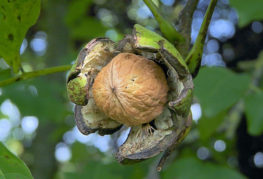
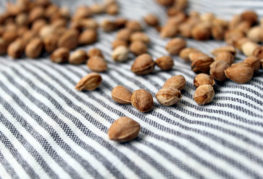

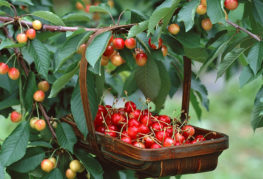
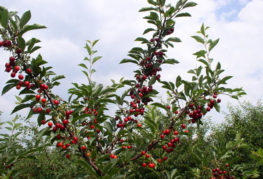
and will be published shortly.